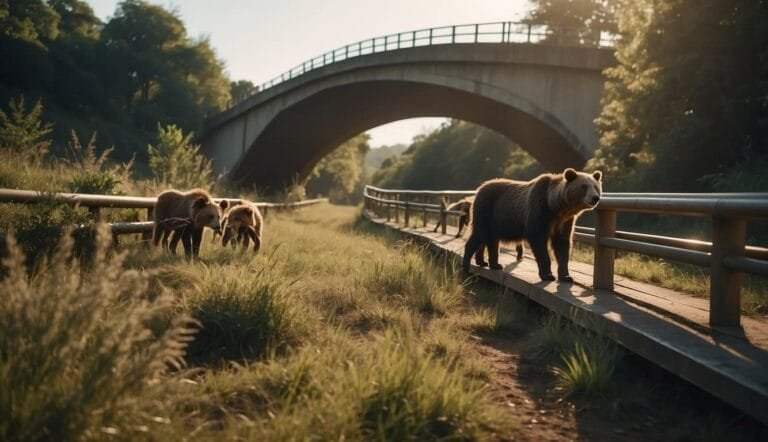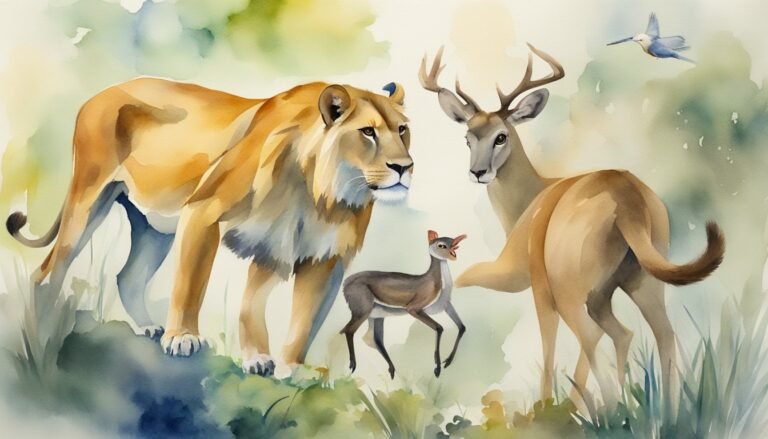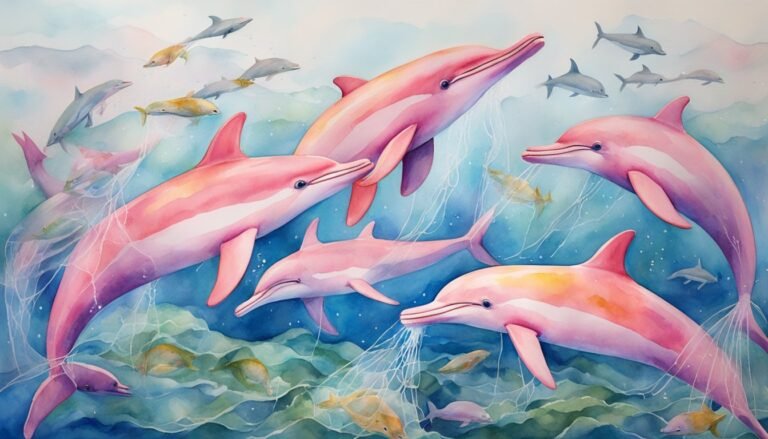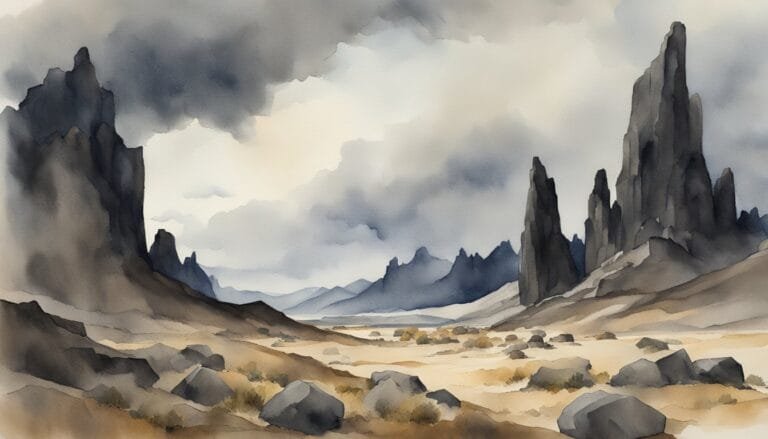Wildlife Crossings: Pathways to Coexistence for Animals and Humans

Wildlife crossings are structures that allow animals to cross human-made barriers safely, reducing wildlife-vehicle collisions and supporting biodiversity.

Wildlife crossings are structures that allow animals to cross human-made barriers safely, reducing wildlife-vehicle collisions and supporting biodiversity.

Homeostasis is the self-regulating process by which biological systems maintain a stable internal environment.

Alphafold, developed by DeepMind, symbolizes a revolutionary leap in the field of biology, employing artificial intelligence to predict protein structures with remarkable accuracy, fundamentally changing the landscape of scientific research.

Animals are multicellular, eukaryotic organisms in the kingdom Animalia, characterized by movement, specialized cells, and energy from consuming others.

Pink dolphins, known as Inia geoffrensis, thrive in South America's freshwater ecosystems, face threats from human activities, and are a focus of conservation efforts.

Vacuum decay bridges the often-intangible concepts of quantum field theory with the tangible stability of the universe.

The Guanajuato Mummies, initially discovered in the mid-19th century, are naturally preserved and integral to Mexican culture and history.

Blue jet lightning, shooting up from thunderstorms to the stratosphere, offers insights into upper atmospheric electrical discharges.

Air quality varies widely across the globe, influenced by various factors and resulting in significant disparities.

The Pacific Northwest's seismic activity is largely defined by the Cascadia subduction zone, where the Juan de Fuca Plate meets the North American Plate, shaping the region's dynamic tectonic landscape.